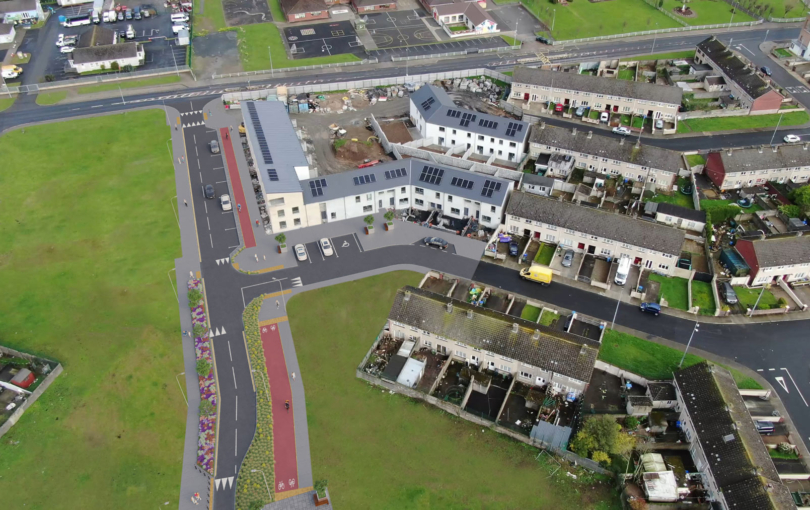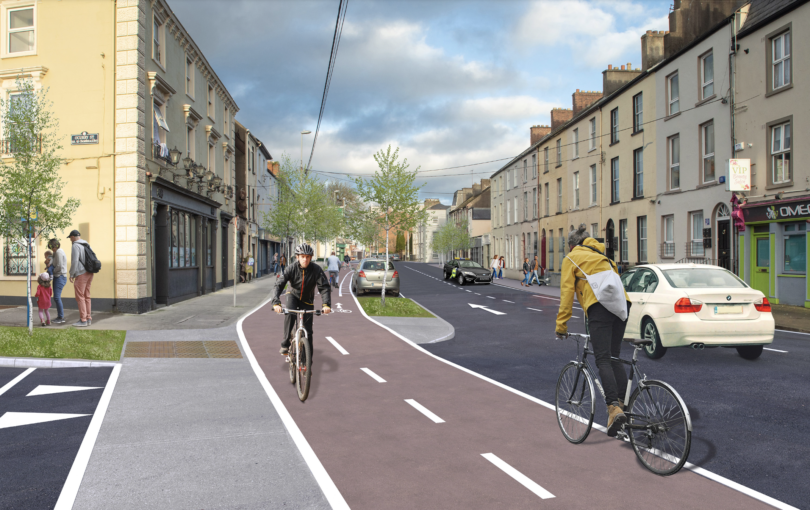By studying cities around the world that have already implemented cycle-friendly infrastructure, we can assess how such investment benefits, not just cyclists using the infrastructure but society as a whole. Here are six benefits to consider:
1. Impressive Economic Returns
Whilst many city traders are frequently concerned about the impacts that changing the status quo (e.g. removing car parking spaces on some city streets) may have on their business, studies have demonstrated that economic returns from investing in cycling infrastructure can be quite impressive. According to one report, for every euro invested in cycling 70 euros are created in return. In addition, cycling-related industries create new jobs in different areas, such as tourism, bike manufacturing, and service repairs. Deliveries of small parcels can also be carried out by using cargo bikes.
2. Health Benefits
Active transport modes increase physical activity and help prevent lifestyle-related diseases and improve mental health – cyclists are happier! However, there are many benefits for the rest of society too in terms reduced air and noise pollution – two common problems with urban living. The European Commission is implementing new environmental policies to combat poor air pollution.
3. Reduced Traffic Congestion
It may seem counter-intuitive but creating cycling infrastructure actually reduces traffic congestion. Traffic congestion is bad for the economy, not to mention people wasting time stuck in traffic, as well as the environmental impacts of heavy congestion.
4. Frees Up Valuable Space
In comparison to cars, bikes require little space and infrastructure, thereby freeing up space normally taken by parked cars, for example. If more people switch to cycling, then space could be freed up around the city and used perhaps for recreational or other uses.
5. Environmental Benefits
In addition to reduced air and noise pollution, increasing the share of journeys made by bike means that cities will have reduced carbon emissions – a key issue in ensuring we reduce the potential impact of climate change. Studies have highlighted the potential role of improved cycling infrastructure in reducing greenhouse gas emissions.
6. Social Benefits
By providing a relatively cheap transport option, “cycling can help make jobs and participation in social life more accessible to disadvantaged population groups” (ECF, 2016) and help to tackle social injustice and inequality. The importance of ensuring equitable mobility means that lower-income groups can still access dispersed job markets and other services around the city.
These key reasons highlight why Limerick should invest in cycling infrastructure!



